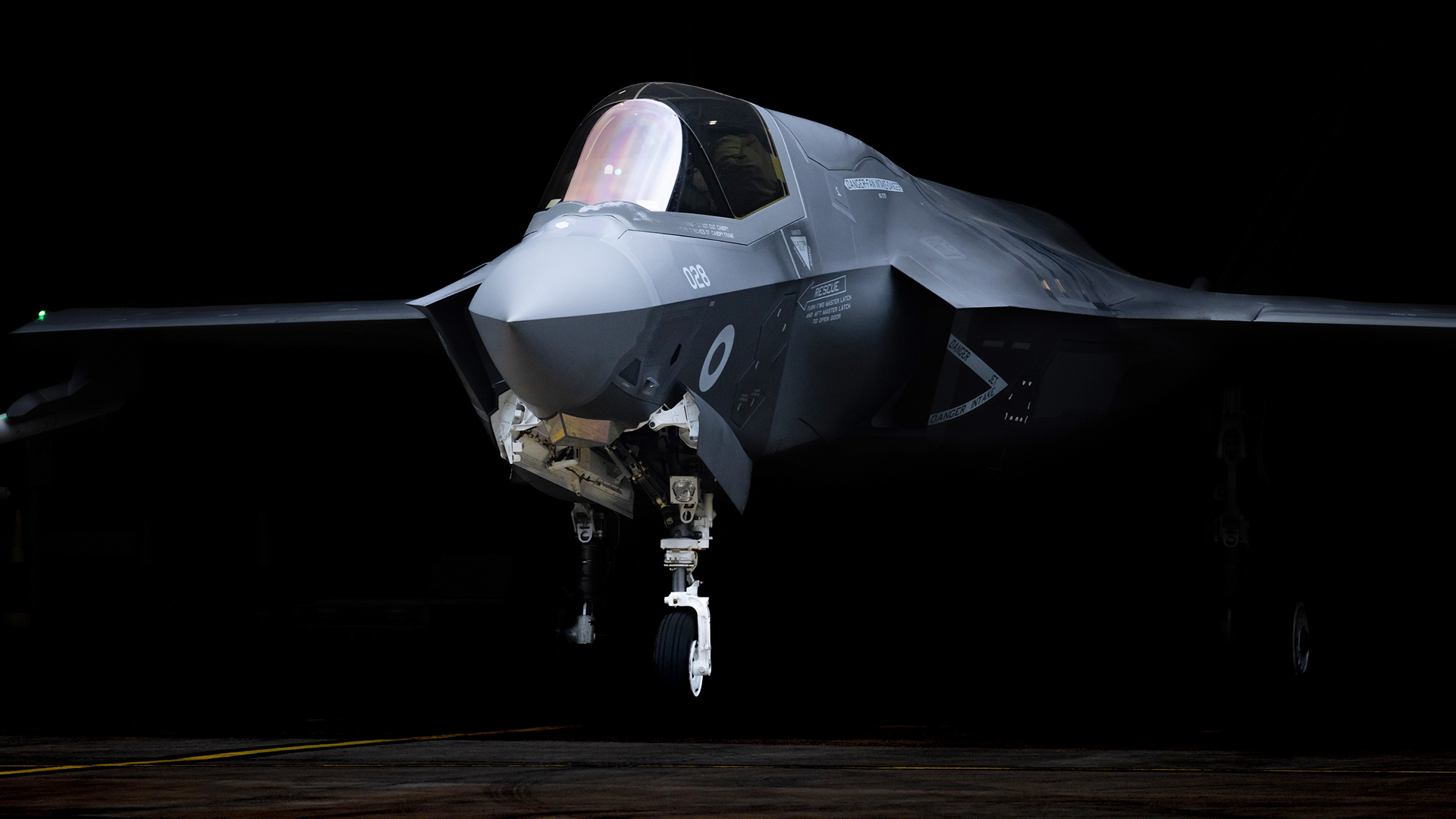After years of speculation, the United Kingdom has finally announced it will buy conventional takeoff and landing (CTOL) F-35A stealth fighters to operate alongside the short takeoff and vertical landing (STOVL) F-35B models it already uses. The F-35A offers a number of advantages over the F-35B, but the U.K. Ministry of Defense specifically highlights its ability to join the NATO nuclear mission, which would see the jets armed with U.S.-owned B61-12 nuclear gravity bombs. However, the British will initially only buy a dozen F-35As, and the Royal Air Force notes that these will be assigned to a training unit and will primarily be used in that role.
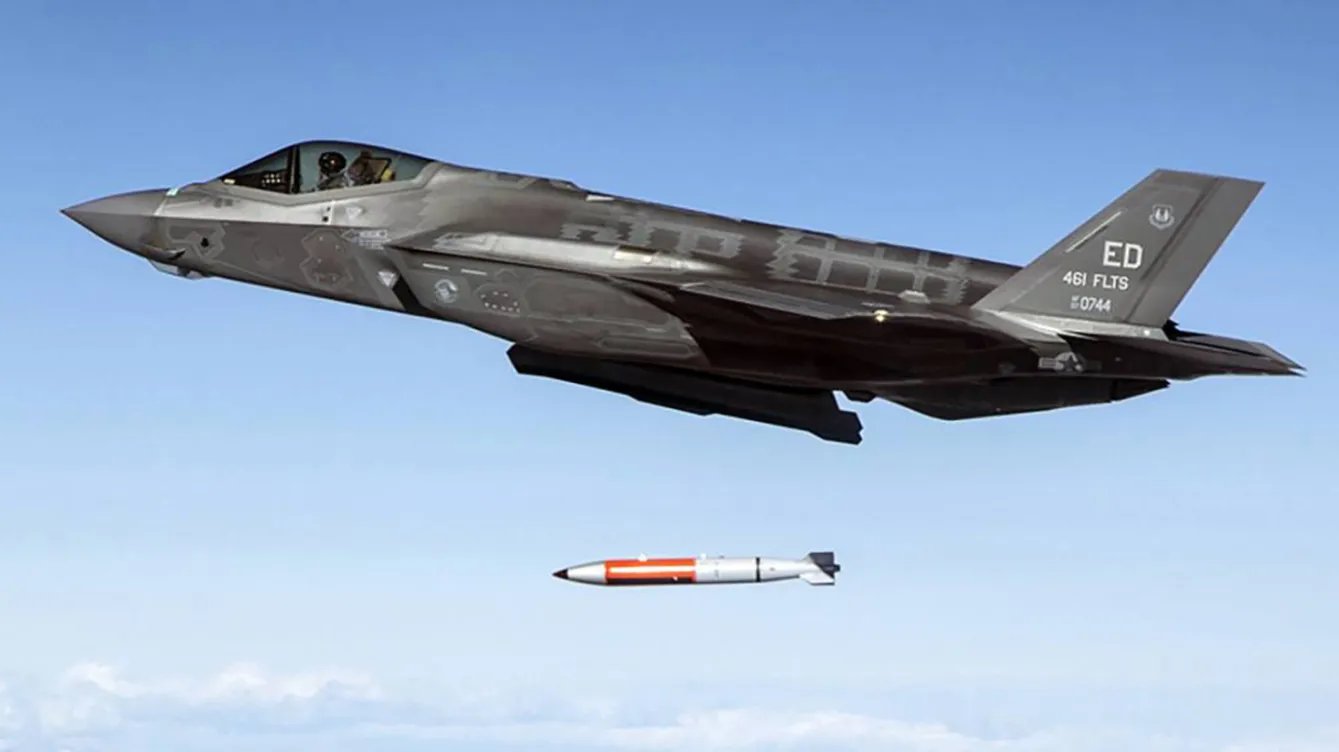
“The U.K. will purchase 12 new F-35A fighter jets and join NATO’s dual-capable aircraft nuclear mission in a major boost for national security,” the U.K. Ministry of Defense announced. The ministry described this as the “biggest strengthening of the U.K.’s nuclear posture in a generation, complementing the U.K.’s existing sea-borne deterrent.”
Earlier this month, a Strategic Defense Review, published by the U.K. Ministry of Defense, had suggested that the future Lightning Force could comprise a mix of F-35As and F-35Bs. The F-35A, of course, is unable to operate from aircraft carriers, but such a mix could be adopted “according to military requirements to provide greater value for money.”
Now, nuclear strike is one of those official “military requirements.”
Currently, the United Kingdom relies exclusively on a submarine-based nuclear deterrent, based around Trident II D5 missiles. In the future, the Royal Navy will introduce four new Dreadnought class ballistic missile submarines. While the U.K. and U.S. governments are very closely tied together when it comes to the Trident II missile and the warheads that go into them, the provision of B61-12s under the so-called ‘dual-key’ arrangement involves U.S.-owned weapons that are maintained and secured by American military personnel.
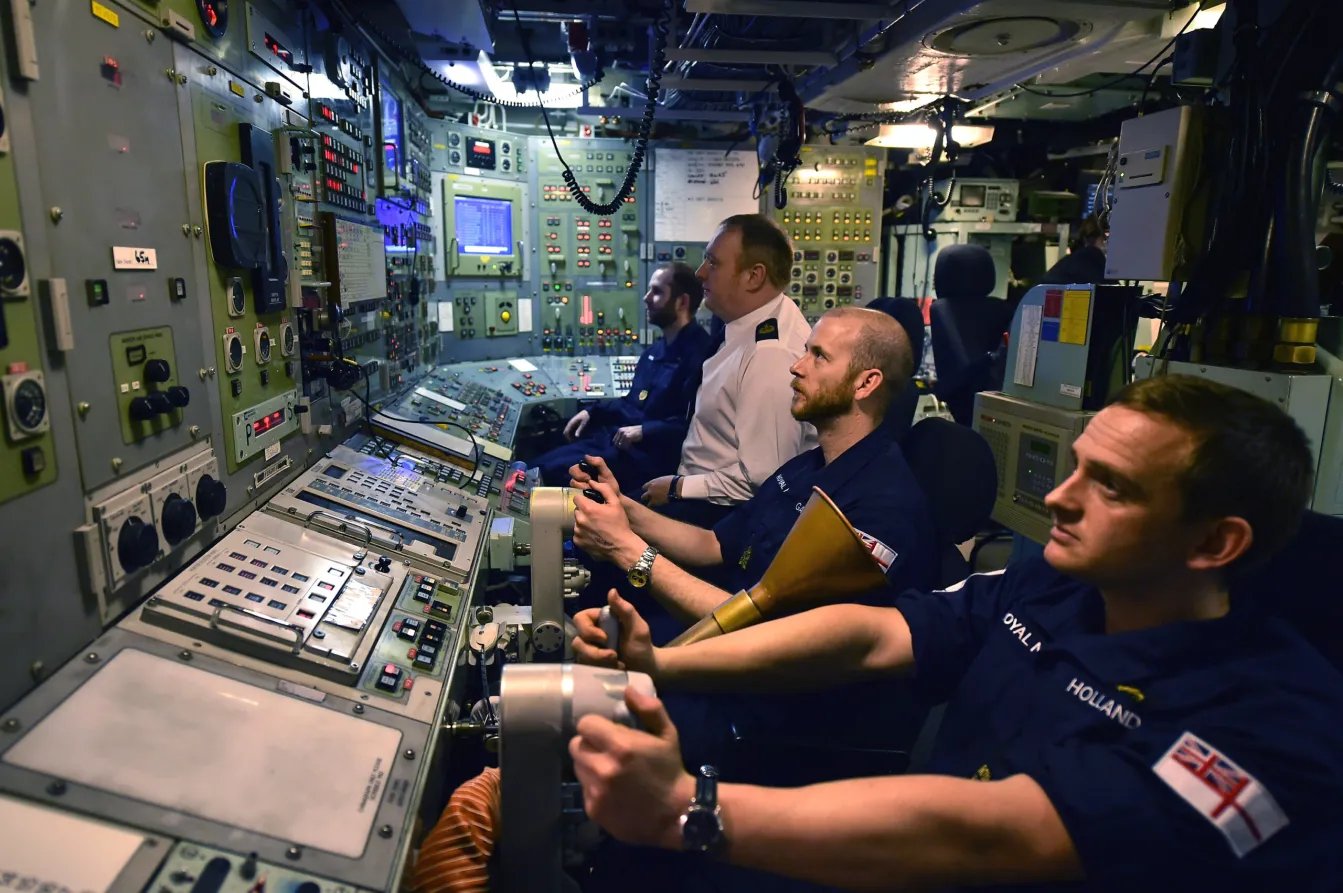
As we have explained in the past, the program provides for the forward deployment of these weapons in secure vaults at air bases in multiple member nations. In a crisis where the United States and the alliance approve their use, they would then be loaded onto combat jets belonging to participating countries. NATO aircraft capable of employing these nuclear weapons are known as Dual Capable Aircraft (DCA), referring to the dual nuclear and conventional capabilities. So, while U.K.-operated nuclear-capable F-35As will not offer the same sovereign capability as the ballistic missile submarines, they will offer a greater degree of flexibility and a different kind of signaling.
During the Cold War, the United Kingdom did make use of U.S.-owned tactical nuclear gravity bombs under a nuclear-sharing arrangement. However, the Royal Air Force gave up its last air-launched nuclear weapons with the withdrawal of the locally made WE.177 tactical bomb in 1998.
The new F-35As will be based at RAF Marham, in eastern England, a base that was previously used for the nuclear strike role by Tornados armed with WE.177. This means it had secure underground weapons vaults for nuclear bombs, built into the floors of hardened air shelters (HAS). It’s unclear, however, if this infrastructure remains intact or what degree of work it might need to accommodate the B61-12s. Some reports suggest the vaults have been dismantled or even filled in completely.
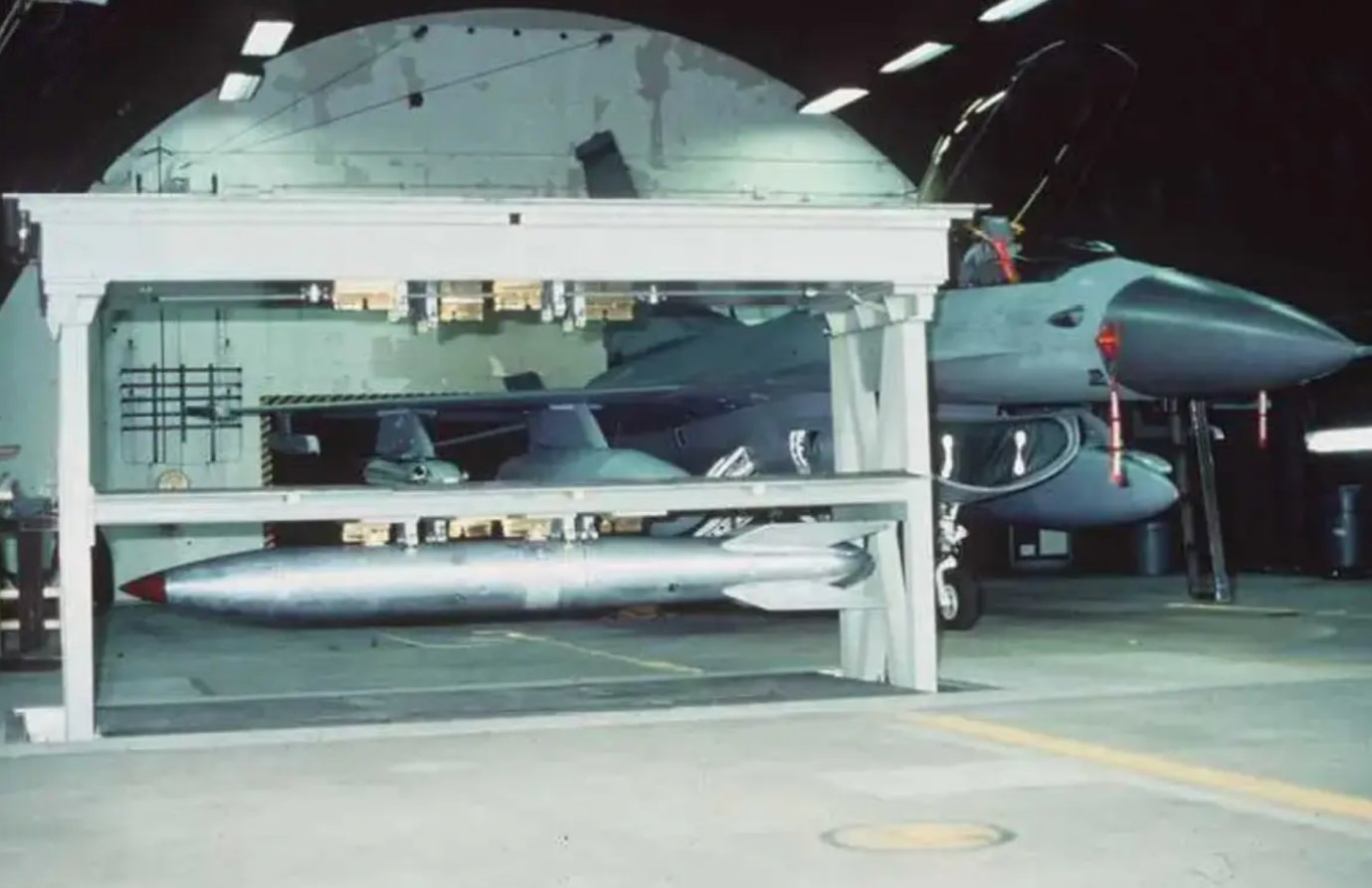
Another alternative might be to make use of facilities at nearby RAF Lakenheath, where there is evidence that the United States is poised to bring nuclear bombs back to the United Kingdom after nearly two decades, according to the Federation of American Scientists (FAS). Work to reinstate the same underground weapons vaults has been taking place at Lakenheath for some years now, signaling the reactivation of the nuclear mission at the base. While it’s unclear if B61-12s have arrived at Lakenheath yet, they will eventually be able to arm U.S. Air Force F-35As based here. Potentially, Royal Air Force F-35As could use them too, with small detachments of jets at this base.

Regardless of where the bombs might be stored, there are already legitimate questions to be asked about how realistic the nuclear mission is for U.K. F-35As.
A considerable quantity of resources, not least in terms of training, would have to be devoted to the mission to have a suitable number of crews prepared to execute it. As well as the specific security and deployment aspects of the nuclear role, the designated personnel also have to be at the highest readiness to ensure the credibility of the deterrent.
At the same time, the Royal Air Force wants its F-35As to serve primarily as training aircraft to support the frontline F-35B units. Since the F-35A is cheaper to operate, the U.K. Ministry of Defense considers it a better option to use for training sorties, including keeping pilots current on the F-35B. The ministry says buying the 12 jets will bring a saving of 25 percent per aircraft over the F-35B.
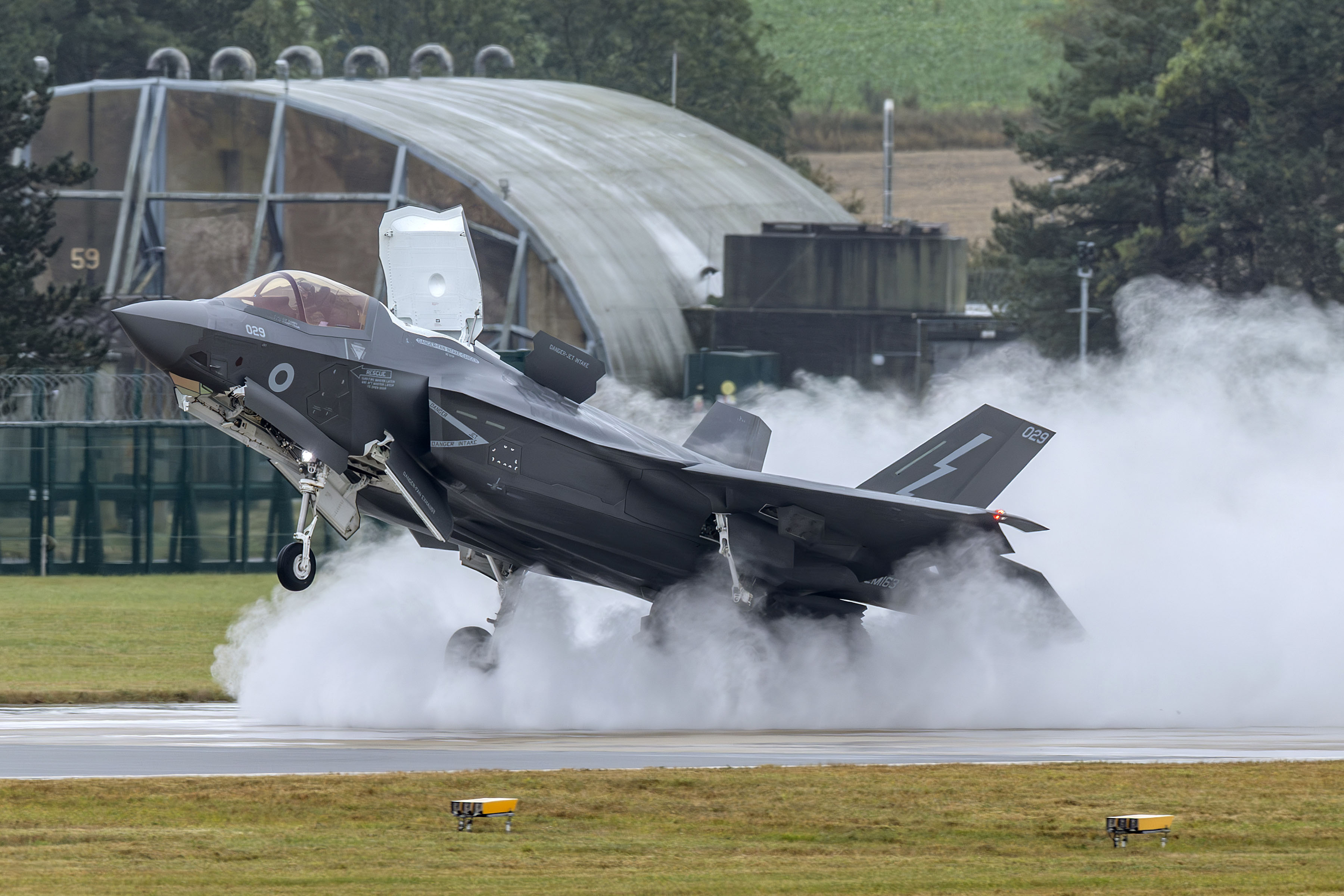
“Day-to-day, the F-35As will be used in a training role on 207 Squadron, the Operational Conversion Unit (OCU),” the Royal Air Force says. “As the F-35A carries more fuel than the F-35B variant, it can stay airborne for longer, extending the available training time in each sortie for student pilots. As F-35As also require fewer maintenance hours, there will be increased aircraft availability on the OCU. These factors combined will improve pilot training and reduce the amount of time for pilots to reach the frontline squadrons.”
Of course, a pilot can’t use the F-35A to train for STOVL missions, but the tradeoff should be more F-35Bs available to deploy aboard the two Queen Elizabeth class aircraft carriers.
In terms of total numbers, however, the United Kingdom will not be adding to its Lightning Force.
Announcing the F-35A buy, the U.K. Ministry of Defense said that it still expected to procure 138 F-35s over the lifetime of the program.
So far, however, firm orders have only been placed for 48 F-35Bs. Meanwhile, the previous Conservative government confirmed it was negotiating to buy another 27 F-35Bs for delivery by 2033. This batch of 27 jets will now be divided between F-35As (12) and F-35Bs (15).
Most analysts consider that many more than 48 F-35Bs would be required to meet the ambition of 24 jets available for the baseline Carrier Strike mission, across both carriers. Considering training and other demands, a figure of 60-70 jets is generally thought to be reasonable. In the meantime, U.S. Marine Corps F-35Bs are being relied upon to make up the required aircraft numbers during carrier cruises.
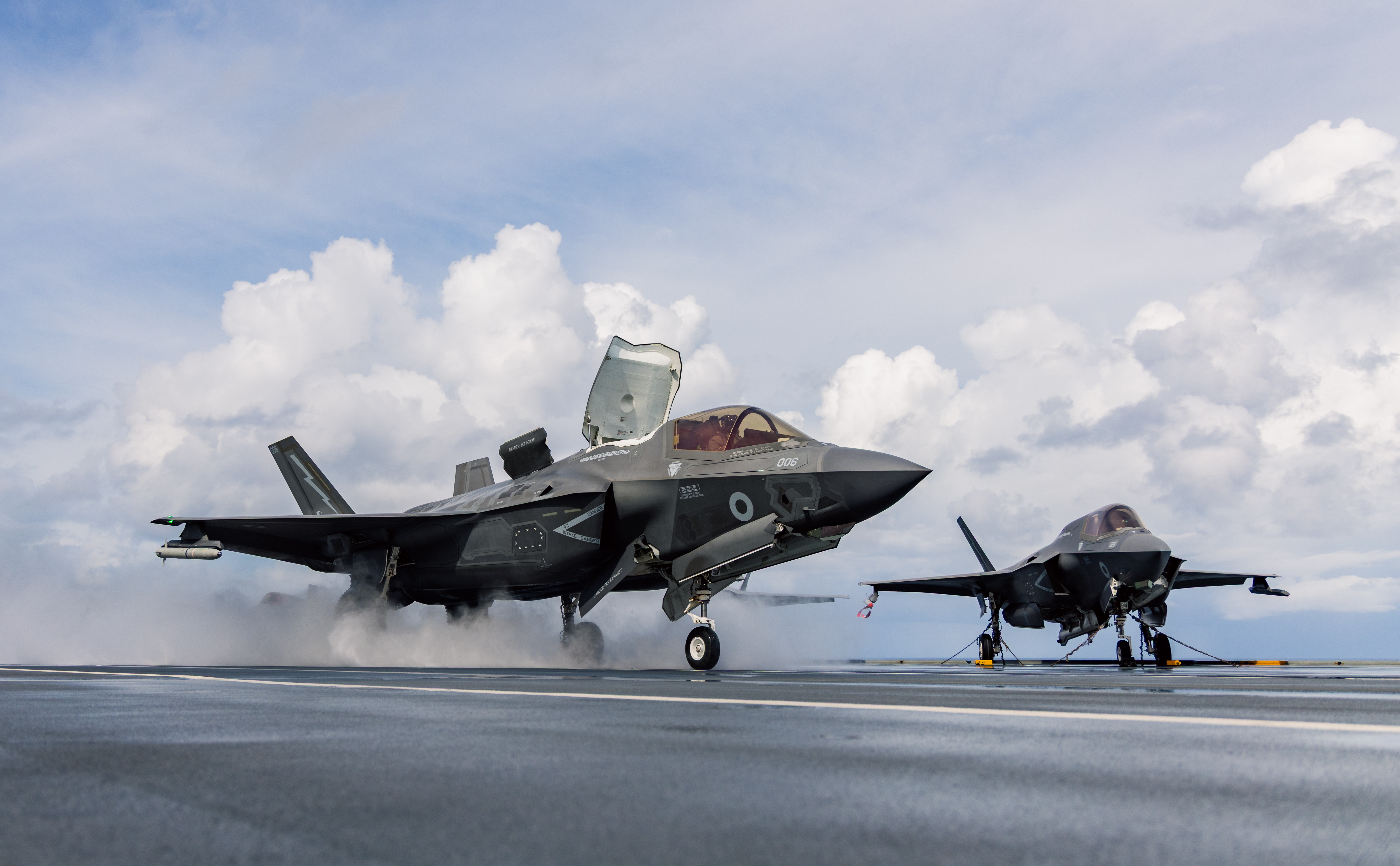
So, having a smaller pool of F-35Bs will also put more strain on the fleet of STOVL jets that are required for missions aboard the carriers. Looking further ahead, the Royal Navy hopes that drones and long-range weapons will help to make a more balanced ‘hybrid carrier air wing,’ as you can read about here.
The F-35B, with its smaller internal weapons bays, cannot accommodate a B61-12 internally, and it also has less range, limiting its ability to credibly execute the nuclear mission.
As well as being cheaper to operate and nuclear-capable, the F-35A offers other advantages over the F-35B.
Apart from STOVL, it is more capable across the board, boasting superior range and payload. The F-35A is also a 9G-capable jet, while the F-35B is cleared for 7.5G.
The F-35A also comes with a refueling receptacle as standard, unlike the refueling probe on the F-35B. It’s conceivable that modifications could be made to the British F-35A to provide it with a probe, although for only 12 aircraft, it would very likely not be economically worthwhile.
In the meantime, the United Kingdom faces a growing problem of supporting U.S.-origin military aircraft — E-7 Wedgetail, P-8 Poseidon, RC-135W Rivet Joint, and now the F-35A — with a fleet of Voyager tankers that don’t have refueling booms. Making use of U.K.-based U.S. Air Force tankers or other NATO assets could be a quick fix for this, while the United Kingdom might also consider joining the Multinational MRTT Fleet, which provides a tanker pool for the alliance. Longer-term, installing a refueling boom on its Voyager fleet might be a very compelling argument.
As it stands, a fleet of just 12 jets adds another type with some different maintenance and infrastructure requirements, and a relatively low availability rate, at least historically. At the same time, the training that it offers is not 1:1 for the STOVL F-35B, and it is questionable whether it will save money in the long run. That would change, however, if the British were to buy A-models in bigger numbers.
Finally, as we have discussed in the past, the decision to buy the F-35A could have repercussions on the future of the Global Combat Air Program (GCAP), the future air combat initiative at the heart of which is the Tempest crewed stealth fighter. Should the F-35A prove itself, that could open up the possibility of a follow-on purchase, and larger numbers of the CTOL version would be a very obvious threat to the future of the Tempest.
Launched in 2018, the Tempest program aims to get a new-generation crewed fighter into service by 2035. There are plans for a supersonic crewed demonstrator aircraft to be flying by 2027. However, as we have discussed before, the program (more accurately, now interwoven programs) is highly ambitious and its future is by no means certain.

In the meantime, it’s significant that the United Kingdom has become another Joint Strike Fighter export customer to opt for F-35A and F-35B versions, following in the path of Italy, Japan, and Singapore.
Just as significantly for NATO, the U.K. F-35A provides another platform for the alliance’s nuclear mission.
The Royal Netherlands Air Force (RNLAF) was the first to have its F-35As fully take over the nuclear role, which happened on June 1, 2024.
Eventually, F-35As belonging to Belgium, Germany, Italy, and now the United Kingdom, will also join the DCA enterprise, also receiving B61-12s. Looking further ahead, Poland, another F-35A customer, has said that it wants to join NATO’s nuclear weapons-sharing program. Germany, which has yet to receive any F-35As, chose the stealth fighter primarily on account of its nuclear capability.

Once again, NATO is strengthening its deterrence posture in Europe, amid repeated saber-rattling from Russia, although it remains to be seen just how credible the token force of British F-35As will be in the nuclear strike mission.
Contact the author: thomas@thewarzone.com
